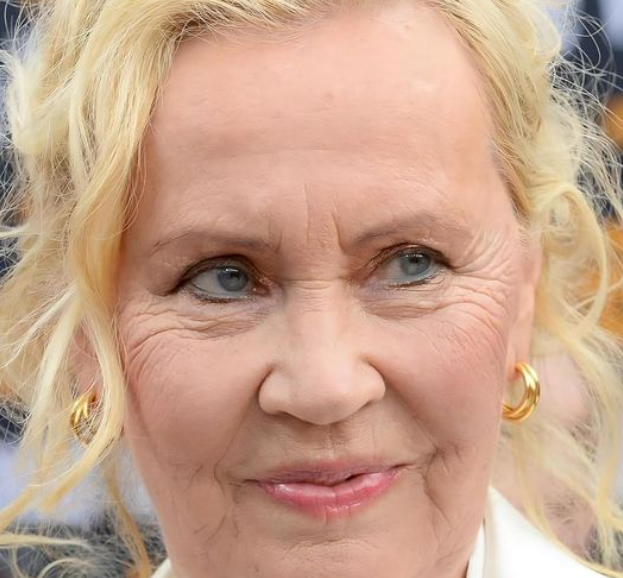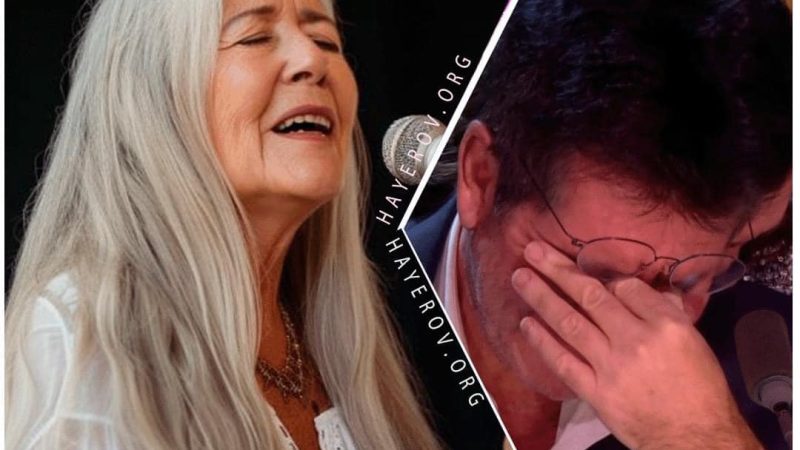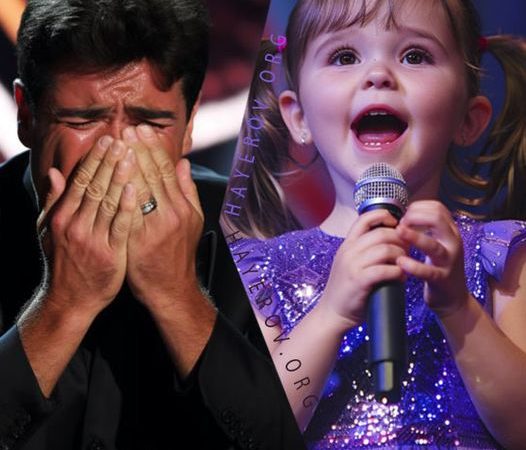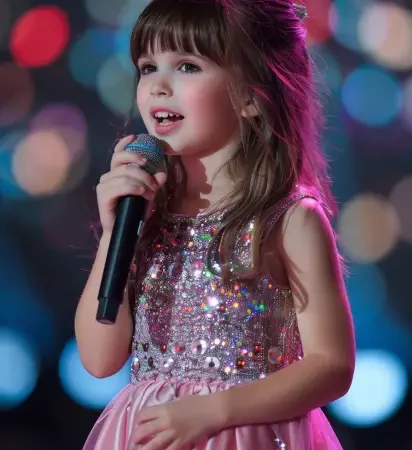She was a style icon of the 1970s! But now nobody recognize her!

In the ever-evolving landscape of popular culture, certain icons manage to transcend the bounds of time, leaving an indelible mark on the collective consciousness. Among these timeless figures, one 1970s style icon stands out, yet has surprisingly faded from public recognition in recent years.
Marilyn Monroe and Agnetha Fältskog, from the 1950s and 1970s respectively, have left enduring legacies. Monroe, the epitome of 1950s glamour, and Fältskog, the captivating vocalist of the iconic Swedish pop group ABBA, both epitomize the enduring allure of the blonde aesthetic. Their influence continues to resonate across generations, inspiring admiration and emulation.
However, the 1970s had its own share of style icons whose influence was equally profound. One such figure, often overlooked in contemporary discussions, was a true fashion and music trailblazer during that vibrant decade. Despite her immense popularity and impact, she now finds herself largely unrecognized by the younger generations.
This 1970s icon graced magazine covers, influenced fashion trends, and topped the charts with her music. Her distinctive style, characterized by bold fashion choices, striking makeup, and an undeniable stage presence, captured the spirit of an era defined by its exuberance and freedom. She was not just a style icon; she was a cultural phenomenon.
As the years passed, however, the relentless march of time and the emergence of new icons and trends caused her star to wane. Yet, for those who lived through the 1970s, her influence remains unmistakable. Her fashion choices are still referenced by designers, her music still enjoyed by classic rock enthusiasts, and her impact on popular culture remains a significant chapter in the story of that transformative decade.
Revisiting the legacy of this 1970s style icon offers a nostalgic glimpse into a time when fashion, music, and cultural expression were intertwined in ways that continue to shape our world today. It reminds us of the fleeting nature of fame but also of the lasting impact true icons can have on the collective memory of a generation.
While Marilyn Monroe’s legacy has spanned generations, the enduring popularity of another blonde icon, Agnetha Fältskog, is equally remarkable. As the lead singer of the beloved Swedish pop group ABBA, Agnetha’s captivating voice and captivating stage presence have enchanted audiences worldwide.
Despite the passage of time, Agnetha’s natural beauty and authentic persona have continued to captivate her devoted fanbase, who have praised her for resisting the temptation of excessive cosmetic procedures.
The striking similarities between Marilyn Monroe and Agnetha Fältskog’s blonde aesthetics have not gone unnoticed by their respective fanbases. Both women have been praised for their captivating appearances, with admirers highlighting the timeless charm and enduring appeal of the blonde look. This shared allure has contributed to the enduring legacy of these two iconic figures, cementing their status as cultural touchstones.
The influence of Marilyn Monroe and Agnetha Fältskog on pop culture and fashion is undeniable. From the iconic images of Marilyn’s classic blonde curls to the sophisticated elegance of Agnetha’s stage presence, both women have left an indelible mark on the collective imagination. Their respective styles have been emulated, reimagined, and celebrated by generations of fans, further solidifying their status as true style icons.
As we reflect on the lives and careers of Marilyn Monroe and Agnetha Fältskog, it is clear that their impact on popular culture and fashion remains undiminished. Their enduring appeal and timeless beauty have continued to captivate and inspire audiences across generations, serving as a testament to the enduring power of the blonde aesthetic.
The enduring allure of Marilyn Monroe and Agnetha Fältskog’s blonde aesthetics has transcended the bounds of time, leaving an indelible mark on the collective consciousness. Their respective legacies continue to shape the perceptions and aspirations of people around the world, inspiring new generations to embrace the timeless charm of the blonde look. As we celebrate the lives and achievements of these iconic figures, we are reminded of the lasting impact that can be achieved through the power of authenticity, talent, and enduring beauty.
While Marilyn Monroe and Agnetha Fältskog remain widely recognized and celebrated, other style icons of the 1970s have not enjoyed the same level of enduring fame. One such figure, who was once at the forefront of fashion and music, now finds herself largely forgotten by the public. Despite her significant contributions to the cultural landscape of the 1970s, this icon’s name has faded from mainstream recognition.
In her heyday, she graced magazine covers, influenced fashion trends, and topped the charts with her music. Her distinctive style, characterized by bold fashion choices, striking makeup, and an undeniable stage presence, captured the spirit of an era defined by its exuberance and freedom. She was not just a style icon; she was a cultural phenomenon.
Revisiting the legacy of this 1970s style icon offers a nostalgic glimpse into a time when fashion, music, and cultural expression were intertwined in ways that continue to shape our world today. It reminds us of the fleeting nature of fame but also of the lasting impact true icons can have on the collective memory of a generation.






